- Automobil
- Alfa Romeo
- Alfa Romeo Giulietta (54 Angebote)
Alfa Romeo Giulietta Oldtimer kaufen
Die Alfa Romeo Giulietta steht für Eleganz, italienischen Stil und technische Innovation in einer kompakten Form. Ob als Berlina, Sprint Coupé, Spider oder als rennfertige Sprint Zagato – die Modelle der Giulietta-Baureihe bieten für echte Automobilenthusiasten eine unvergleichbare Mischung aus Fahrspaß, Leichtigkeit und Design.
Suchergebnisse
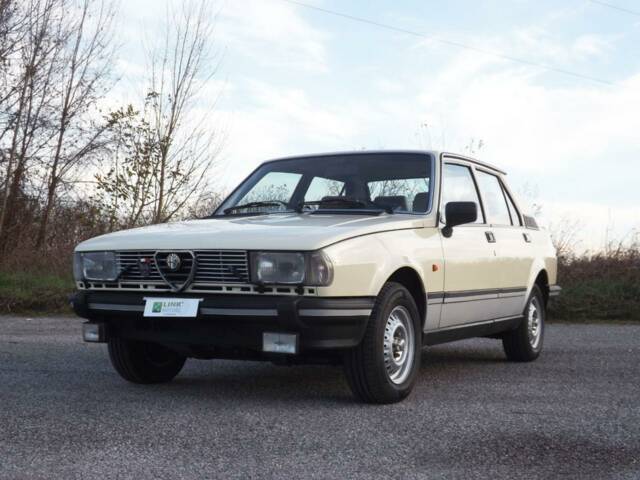
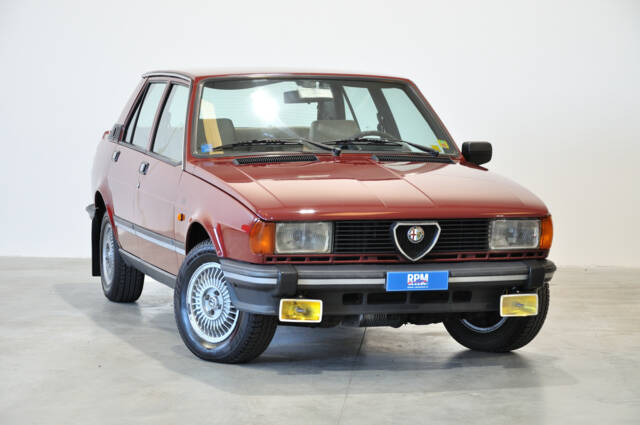
1983 | Alfa Romeo Giulietta 1.6
targhe nere MI
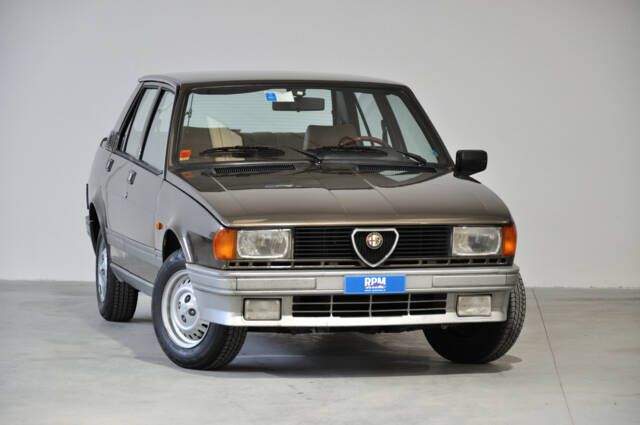
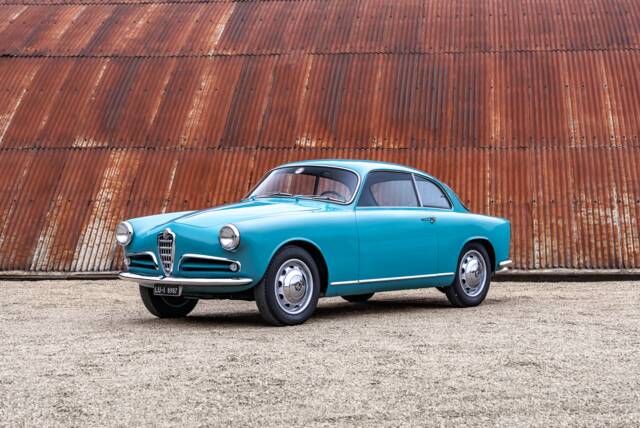
1955 | Alfa Romeo Giulietta Sprint
1955 Alfa Romeo Giulietta Sprint
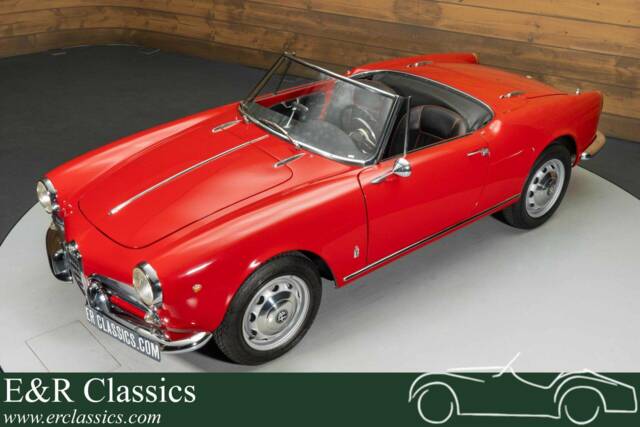
1961 | Alfa Romeo Giulietta Spider
Alfa Romeo Spider
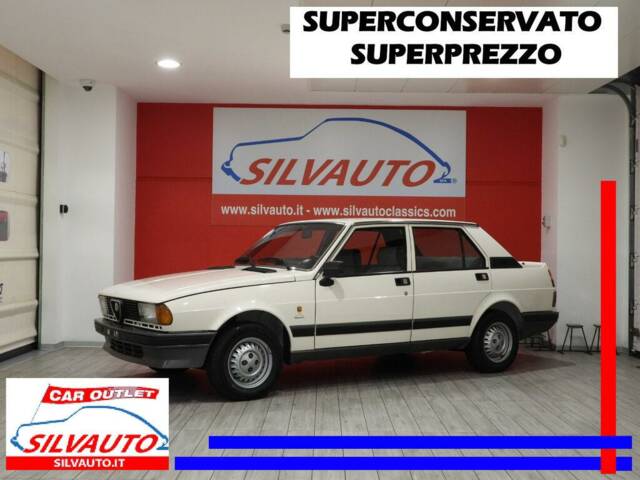
1985 | Alfa Romeo Giulietta 1.6
ALFA ROMEO GIULIETTA 1.6 116.50B (1985) ”UN CUNEO CHIAMATO GIULIETTA” – CONSERVATO – SUPERCONDIZIONI – SUPERPREZZO
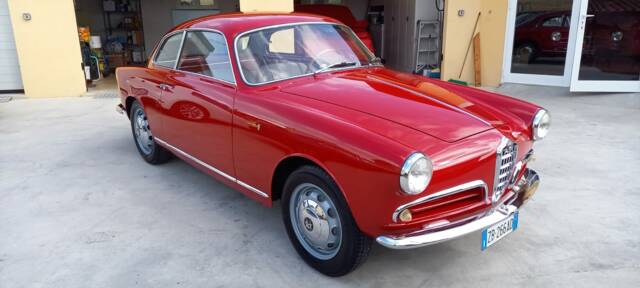
1957 | Alfa Romeo Giulietta Sprint
può partecipare alla millemiglia
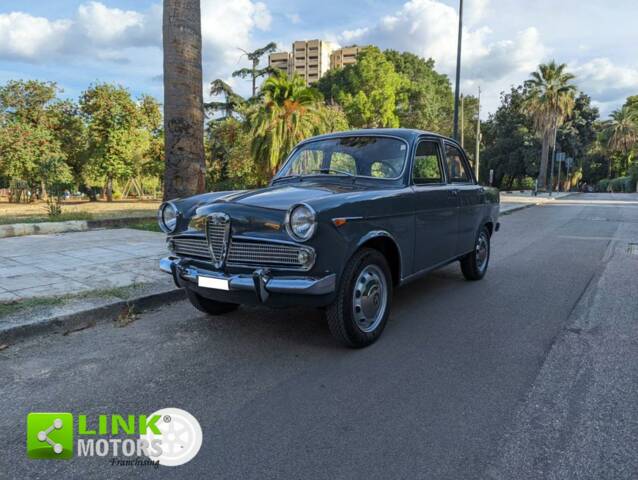
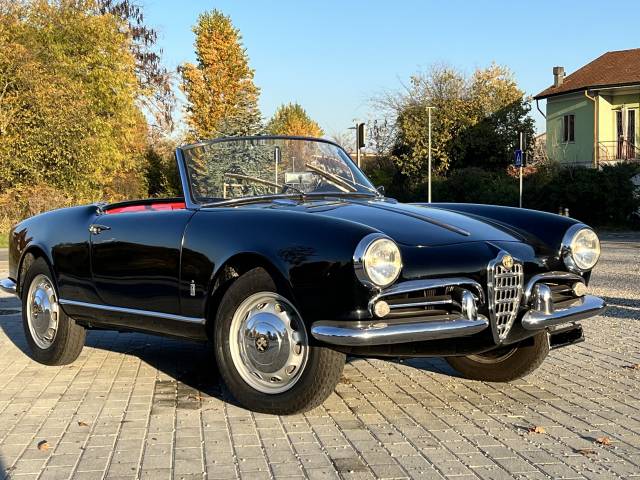
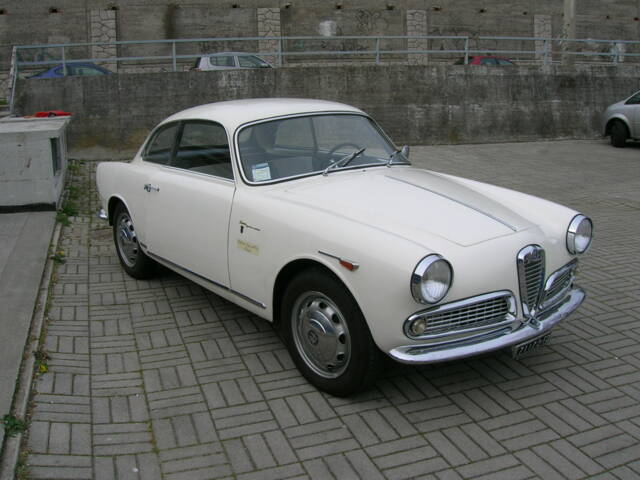
1962 | Alfa Romeo Giulietta Sprint Veloce
ASI Targa Oro
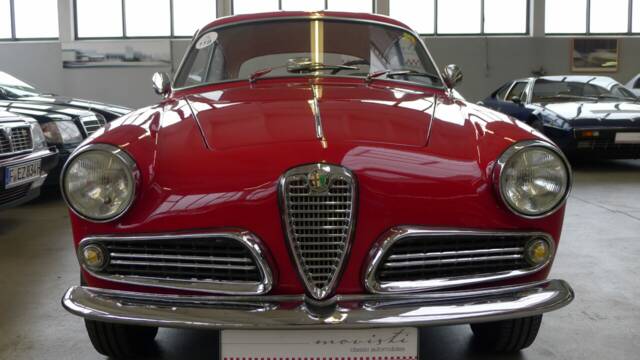
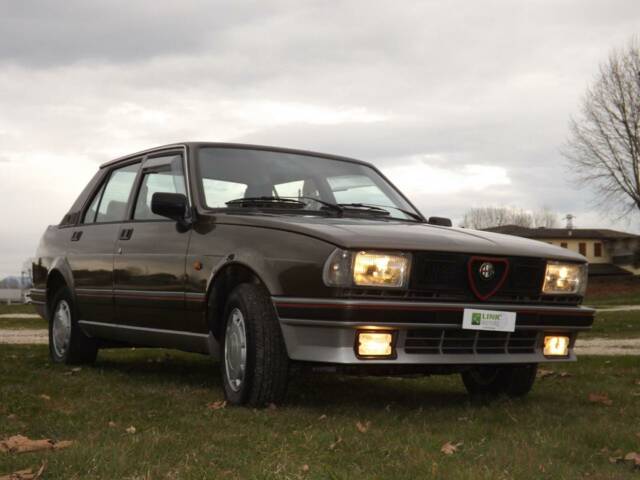
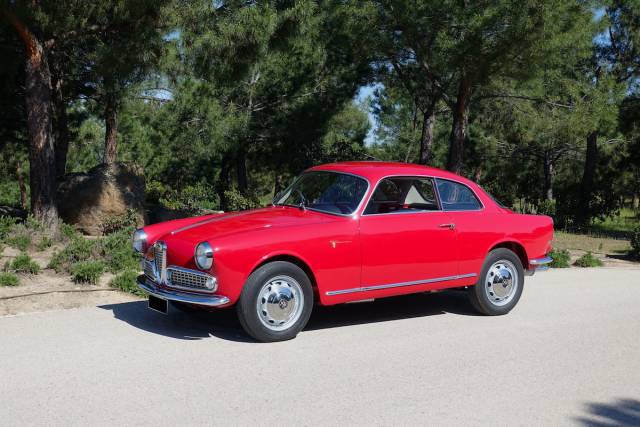
1960 | Alfa Romeo Giulietta Sprint Veloce
Totally restored 1960 Giulietta Sprint Veloce for sale
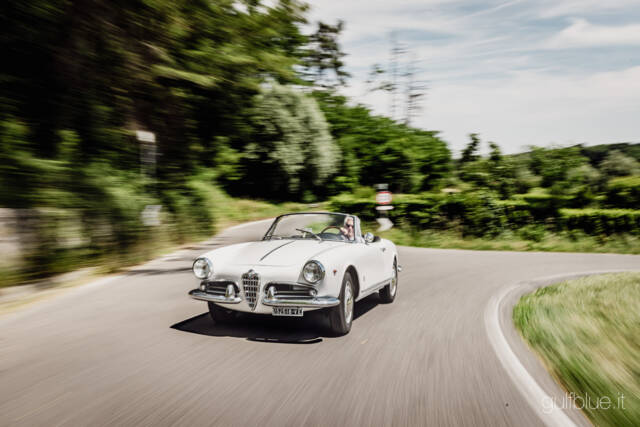
1960 | Alfa Romeo Giulietta Spider
Original italian license plates, matching engine and equipment, second owner since 40 years
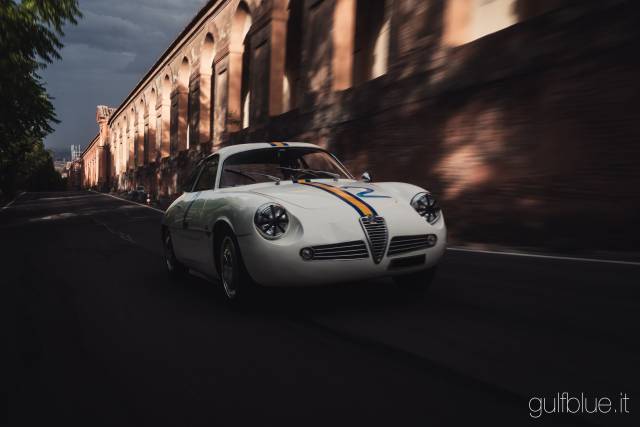
1961 | Alfa Romeo Giulietta SZ
Italiana da sempre, storia sportiva completa e documentata, restauro conservat
Geschichte der Alfa Romeo Giulietta
Die Alfa Romeo Giulietta markierte 1954 den Schritt von Alfa Romeo in die Großserienproduktion und machte sportliche Technik erstmals einem breiten Publikum zugänglich. Der Start erfolgte mit dem von Bertone gekleideten Coupé Giulietta Sprint, gefolgt von der limousinenartigen Berlina und der offenen Spider aus dem Hause Pininfarina. Bemerkenswert ist die Vielfalt: Neben den klassischen Karosserieformen wurde sogar ein Kombi, der Promiscua, in kleiner Serie aufgelegt. Das Motorenangebot der ersten Generation reichte von 1,3 bis 1,6 Liter Hubraum mit 65 bis 100 PS, wobei in den verschiedenen Ausführungen starke technische Unterschiede und Spezialisierungen – etwa für den Motorsport – sichtbar wurden. Besonders ab 1957 sorgten sportliche Ableger wie die Sprint Speciale oder SZ für motorsportliche Erfolge, insbesondere bei Rennen wie der Mille Miglia oder der Targa Florio. Die zweite Giulietta-Generation (Typ 116), von 1977 bis 1985 gefertigt, griff die berühmte Namensgebung auf, setzte aber mit Transaxle-Technik und moderner Linienführung neue Akzente.
Modellhistorie der Giulietta-Reihe
Die erste Giulietta-Generation (1954–1965) umfasst Coupés und Cabriolets mit markanten Aluminium-Motoren, zeittypischem 2+2-Layout und einer bemerkenswerten Gestaltungsvielfalt. Die Modelle wurden über die Jahre kontinuierlich weiterentwickelt – 1959 entstand aus der Baureihe 750 die weiter verfeinerte 101-Serie mit längerem Radstand und Detailverbesserungen. Abgelöst wurde die Giulietta Berlina durch die technisch verwandte, aber größere Alfa Giulia. 1977 feierte der Name Giulietta als Typ 116 eine Rückkehr: Produktionsschwerpunkt nun Limousinen mit Transaxle-Antrieb, erneut vielfältig motorisiert und nicht zuletzt durch die Sondermodelle wie Turbodelta für Kenner attraktiv. Nach 1985 wurde die Giulietta durch den Alfa Romeo 75 ersetzt.
Besonderheiten der Alfa Romeo Giulietta
Die Giulietta überzeugt durch ihre Kombination aus sportlichen Fahrleistungen, innovativen Materialien und italienischer Designkompetenz. Aluminium-Motoren mit obenliegenden Nockenwellen, Leichtbau bei Karosserie und Antrieb sowie exklusive Karosserievarianten von Bertone, Pininfarina und Zagato setzen Maßstäbe ihrer Zeit. Herausragend ist die Sprint Zagato mit einer für die Ära sensationellen Aerodynamik (Cw-Wert ca. 0,28) und minimalem Gewicht. Die Giulietta-Reihe ist außergewöhnlich facettenreich und deckt vom alltagstauglichen Familienwagen bis hin zum motorsportfähigen Leichtbau fast jedes Segment ab.
Technische Daten der Alfa Romeo Giulietta
Sondermodelle und rare Ausführungen
Besondere Aufmerksamkeit verdienen die Sprint Zagato (SZ), Sprint Speciale (SS) und die Spider Veloce, die mit Leichtmetallteilen, speziellen Vergasern und auf Performance getrimmtem Setup den Motorsportcharakter der Giulietta prägten. Der Sprint Zagato zählt mit ca. 200 Exemplaren zu den exklusivsten und leichtesten Sportwagen der Epoche. Die vollständig von Hand gebauten Sprint Speciale (ca. 1.366 Fahrzeuge) beeindrucken auch heute noch mit ihrer Aerodynamik. Die Giulietta Turbodelta (Typ 116) bringt 170 PS aus einem 2.0-Liter-Turbomotor dank Autodelta-Veredelung – ein rares Fahrerlebnis (nur 361 Stück).
Erhalt und Schwachstellen der Giulietta
Die Ersatzteillage bei klassischen Giulietta-Modellen ist dank Gleichteilestrategie des Herstellers in vielen Bereichen gut. Dennoch sollte beim Kauf auf typische Schwachstellen wie Korrosion an tragenden Blechen, Zustand der Aluminiumkomponenten, Verschleiß an Fahrwerksteilen (Querlenkerlager, Lenkung), Ölundichtigkeiten an Motor und Getriebe sowie auf typische Verschleißteile wie Kupplung, Bremsen und elektrische Komponenten geachtet werden. Besonders bei seltenen Modellen (SZ, SS, Turbodelta) ist eine Ersatzteilrecherche vor dem Kauf ratsam.
Motorisierung, Fahrverhalten, Getriebe und Handling
Die Alfa Romeo Giulietta überzeugt durch drehfreudige Reihenvierzylinder, präzises Getriebe mit kurzem Schaltweg sowie eine sportlich abgestimmte Fahrwerksgeometrie. Besonders die Sprint Veloce und die Wettbewerbsmodelle bieten mit Gewichtsoptimierung, Weber-Vergasern und spezieller Nockenwellenabstimmung ein äußerst agiles Fahrverhalten. Die Spider-Modelle stehen für offenherziges, dynamisches Fahren. Die Alltagsmodelle Berlina und spätere Giulietta 116 punkten durch solide Traktion und typisches Alfa-Fahrgefühl, insbesondere dank des Transaxle-Layouts. Die Giulietta Turbodelta liefert mit 170 PS einen brachialen Vortrieb bei gleichzeitiger Alltagstauglichkeit. - Giulietta Sprint Coupé (Cw ca. 0,32, 65–90 PS)
- Giulietta Spider (50–90 PS)
- Sprint Speciale (SS) (Cw ca. 0,28, bis zu 100 PS)
- Sprint Zagato (SZ, ca. 200 Exemplare, bis 100 PS)
- Giulietta 116 Turbodelta (170 PS, 361 Stück)
Design, Interieur & Zubehör
Die Giulietta steht exemplarisch für italienisches Design der 1950er und 1960er: Bertones klare Linien beim Sprint und die eleganten, von Pininfarina gestalteten Proportionen beim Spider prägen die Silhouette. Die Sprint Speciale überträgt Aerodynamikstudien (abgeleitet von den BAT-Konzepten) in die Serie. Innen ist die Giulietta zweckmäßig, jedoch immer mit feinem Details: hochwertiges Armaturenbrett, klassische Rundinstrumente, sportlich konturierte Sitze – oft mit Lederausstattung. Farblich dominierten klassisches Alfa-Rot, Elfenbein, Grau und ausgewählte Metallic-Lackierungen die Palette. Zubehör wie originale Alufelgen, Holzlenkräder, Zusatzinstrumente, zeittypische Radios und Designelemente wie verchromte Stoßfänger, Luftauslässe und -hutzen unterstreichen das Flair. Sonderzubehör: Plexiglasscheiben, Zusatzscheinwerfer, Aluminium-Hauben bei den Sportvarianten.
Weitere interessante Details
Die Giulietta ist vielfach für Oldtimer-Veranstaltungen wie Mille Miglia, Targa Florio oder Bergrennen zugelassen und verfügt häufig über Homologationen (z.B. ASI, FIVA, RIAR). Besonders gesuchte Typen sind für historische Motorsportveranstaltungen beliebt. Die Entwicklungszusammenarbeit mit Designern wie Bertone, Pininfarina und Zagato brachte revolutionäre Lösungen in Serie. Ersatzteile für die gängigsten Modelle sind durchlebensfähig über Clubs und Spezialisten verfügbar. Die Zulassung im Rahmen von H-Kennzeichen und Youngtimer-Regelungen ist zumeist problemlos.
Zusammenfassung
Die Alfa Romeo Giulietta transportiert jahrzehntelange Designkultur, Fahrdynamik und das besondere „Italianità“ auf vier Rädern in verschiedene Epochen. Mit einer extrem breiten Modellpalette – von der stilvoll-puristischen Sprint über experimentelle Sonderausführungen von Zagato bis zur selbstbewussten Typ-116-Limousine – richtet sie sich an Puristen und Individualisten. Ihre technische Raffinesse, Leichtbau und der einzigartige Klang des Alfa-Twin-Cam-Motors bringen echten Fahrspaß und Sammlerwert in jeder Karosserieform auf die Straße.














